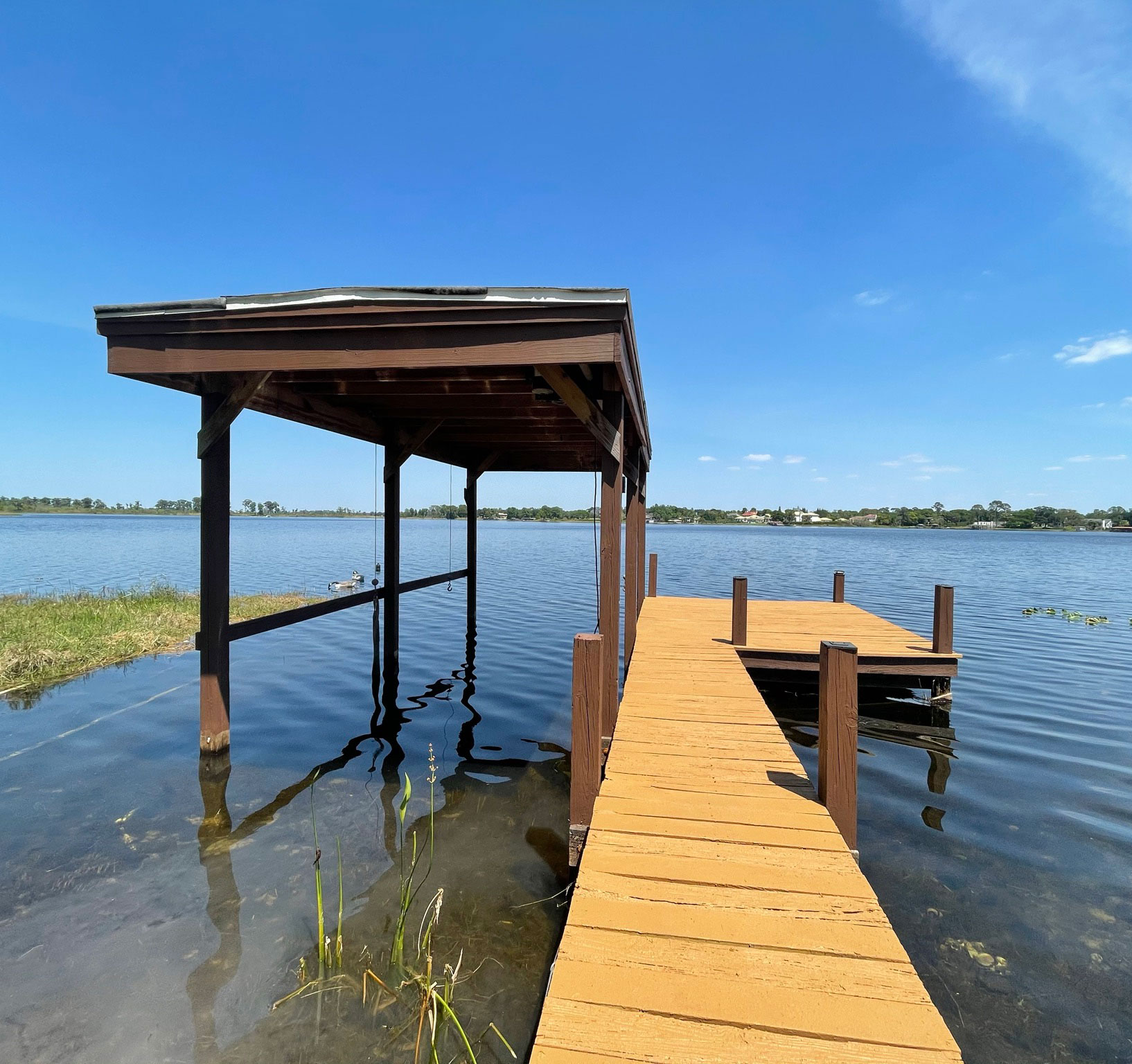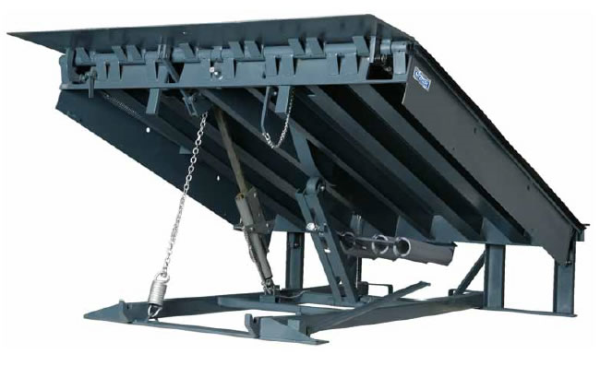DIY Tips for Simple Dock Repairs You Can Handle
Reliable Dock Fixing Techniques: Making Sure Architectural Honesty
Ensuring the structural integrity of anchors with effective repair strategies is paramount for the long life and safety of aquatic facilities. Ultimately, choosing the right repair service products, such as corrosion-resistant alloys and composite materials, is important for longevity.
Assessing Dock Damages
Examining dock damages is an important initial step in making certain the architectural honesty and safety of any docking center. This first examination entails a detailed inspection to determine both surprise and noticeable problems. Secret elements to examine include the dock's structure, pilings, outdoor decking, and hardware. Each component should be looked at for indications of wear, rot, corrosion, or other types of destruction that can compromise the structural honesty.
Structural engineers or qualified inspectors usually do these analyses making use of specialized tools and strategies. Undersea evaluations may employ sonar devices or from another location operated cars (ROVs) to detect submerged damage. Over water, visual examinations are enhanced by using moisture meters and various other diagnostic tools to reveal underlying problems not promptly visible to the naked eye.

Choosing Repair Products
Selecting the ideal repair service materials is a critical action in the dock reconstruction process, one that directly influences the longevity and performance of the fixed framework. Product option must be driven by factors such as environmental conditions, load-bearing needs, and compatibility with existing dock components.
In enhancement to timber, composite products are increasingly prominent because of their durability and reduced upkeep needs. Composites, usually made from a blend of plastic and timber fibers, provide outstanding resistance to rot, pests, and UV damages. For metal anchors, picking corrosion-resistant alloys such as galvanized steel or marine-grade light weight aluminum is necessary to protect against corrosion and make certain architectural honesty in saline water conditions.
Epoxy materials and marine-grade sealants are important for repairing cracks and securing joints, providing a water-proof obstacle and enhancing the dock's general strength. By thoroughly choosing high-quality products, dock repair work can accomplish long-lasting results, thereby securing against future destruction and making sure risk-free, reliable use.
Structural Reinforcement Techniques
Effective structural reinforcement strategies are crucial in making certain the security and longevity of dock fixings. One fundamental method includes using steel or composite support bars (rebar) within concrete structures. Rebar supplies added tensile stamina, stopping cracks and distributing loads much more evenly. This method is especially efficient for anchors revealed to hefty loads or harsh environmental problems.
One more essential technique is the application of fiber-reinforced polymers (FRP) These products offer high strength-to-weight proportions and outstanding resistance to deterioration, making them perfect for strengthening concrete or wooden docks. FRP can be used in sheets or strips and bonded with epoxy materials to see here improve architectural integrity.
Supporting and securing systems additionally play a critical function in architectural reinforcement. Cross-bracing, making use of steel or wood beam of lights, can combat see here side pressures, decreasing persuading and activity. Anchoring systems, such as helical piers or driven stacks, provide a stable foundation by moving tons to much deeper, more secure dirt layers.
Finally, the assimilation of load-distribution plates can help disperse weight a lot more evenly throughout the dock's surface area, mitigating localized stress and anxiety points. These techniques collectively guarantee that anchors remain durable and safe, with the ability of standing up to the roughness of their functional environment.
Advanced Repair Work Approaches

An additional sophisticated technique involves underwater welding, which allows for fixings to be conducted without the demand to dewater the area. This method is specifically helpful for attending to structural concerns in immersed dock elements, making certain very little disruption to procedures. Boosted welding strategies, paired with robotic systems, supply precision and dependability, consequently extending the lifespan of the dock.
In addition, cathodic protection systems are applied to protect against corrosion in metal dock structures. By utilizing sacrificial anodes or impressed present systems, these techniques effectively minimize the electrochemical procedures that bring about material degeneration.
Lastly, advanced tracking innovations, such as architectural health and wellness tracking (SHM) systems, provide real-time information on the condition of dock frameworks. These systems allow proactive maintenance and timely interventions, inevitably ensuring the long-term architectural honesty of the dock.
Upkeep and Avoidance
Upkeep and avoidance are fundamental concepts that underpin the durability and safety of dock frameworks. Normal inspections are critical, permitting very early discovery of wear and tear, possible weaknesses, and environmental influences. A positive strategy, including routine checks for rust, rot, and architectural shifts, reduces pricey fixings and lengthens the dock's operational life.
Preventative procedures should include applying protective finishes to metal parts to defend against corrosion and utilizing cured timber to stand up to degeneration. Furthermore, making sure correct water drainage and air flow can prevent water accumulation, which is a typical reason More Help for structural destruction. Integrating top quality materials and sticking to supplier guidelines during construction and repair service phases likewise play important duties in improving resilience.

Training employees in dock upkeep best techniques ensures regular application of precautionary procedures. Leveraging technical developments, such as drones for inspections and sensors for real-time tracking, can even more boost maintenance initiatives. By focusing on upkeep and prevention, dock owners can make certain architectural honesty, operational security, and cost-effective monitoring over the dock's life-span.
Conclusion
In final thought, preserving the architectural integrity of marine centers necessitates detailed dock fixing techniques. Advanced repair work strategies, coupled with routine upkeep practices, guarantee the dock stays operational and risk-free under varied ecological problems.
Ensuring the structural stability of anchors via reliable repair techniques is critical for the durability and security of aquatic centers.Picking the appropriate repair materials is an essential step in the dock repair process, one that straight influences the long life and efficiency of the repaired framework.Efficient structural reinforcement strategies are crucial in ensuring the stability and long life of dock fixings. By focusing on upkeep and avoidance, dock owners can ensure structural honesty, operational safety, and economical administration over the dock's lifespan.
In verdict, keeping the architectural integrity of aquatic facilities requires extensive dock repair service strategies.